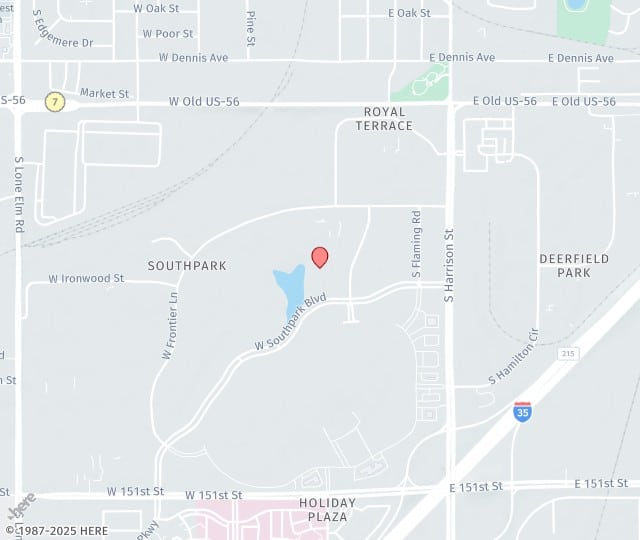Visible veins on the legs or face can signal more than just a cosmetic issue. Spider veins and varicose veins are two distinct conditions that differ in appearance, symptoms, and severity, and knowing how to tell them apart is key to choosing the right vein treatment for you.
Dr. C. Allyson Walker, founder of Vein-ity in Olathe, Kansas, is a board-certified Cardiovascular and Thoracic Surgeon with advanced medical training from the Medical University of South Carolina and extensive surgical experience. With her specialized focus in vein care, Dr. Walker offers patients both expert insight and compassionate treatment for long-term vein health and relief. Learning how these conditions differ is the first step toward finding the care that fits your needs.
What Are Spider Veins?
Spider veins are small, thin veins that appear close to the surface of the skin. They often resemble a spider web or thin branches, typically red, blue, or purple in color. Spider veins are usually painless and most commonly found on the legs and face.
While they are generally not a medical concern, some people experience mild itching, burning, or discomfort in the affected area. They are often caused by genetics, prolonged standing, pregnancy, or hormonal changes.
What Are Varicose Veins?
Varicose veins are larger, swollen veins that are often blue or purple and appear twisted or bulging. Varicose veins occur when damaged or weakened valves allow blood to collect, putting pressure on the vein walls.
Common symptoms include:
- Heaviness or aching in the legs
- Throbbing or cramping
- Swelling around the ankles
- Discomfort that worsens after standing for long periods
Without proper care, varicose veins can progress and increase the risk of conditions such as blood clots or leg ulcers.
Spider Veins vs. Varicose Veins
While both conditions involve visible veins, there are important distinctions that affect how they are treated and managed.
- Size and appearance: Spider veins are small, flat, and web-like, while varicose veins are larger, bulging, and twisted.
- Location: Spider veins appear just beneath the skin, often on the legs or face. Varicose veins develop deeper and typically affect the legs.
- Symptoms: Spider veins rarely cause discomfort. Varicose veins can cause aching, heaviness, or swelling, particularly after prolonged periods of standing.
- Risk: Spider veins are mostly cosmetic, but varicose veins can lead to more serious health concerns if left untreated.
Knowing these differences helps determine when medical attention is necessary.
A Closer Look at Vein Symptoms in Olathe, KS
If you are noticing visible veins, leg discomfort, or swelling, don’t wait for symptoms to worsen. With expert providers available in Olathe, effective treatment is within reach. Starting care early supports better outcomes and helps avoid more advanced vein issues.
Contact us at 913-914-8185 to schedule a consultation with a vein care specialist in Olathe. The right solution for spider veins or varicose veins is just one visit away.
